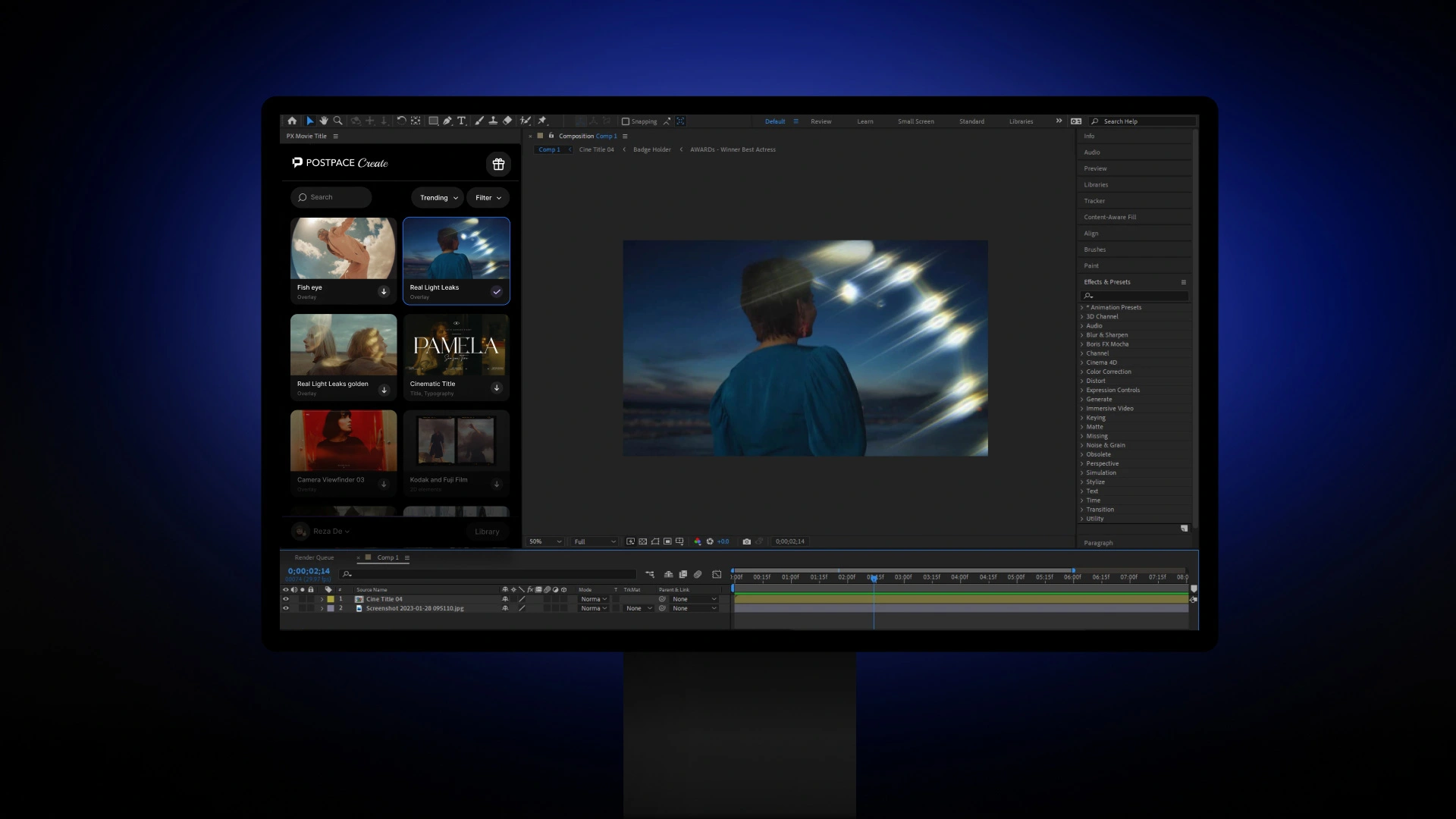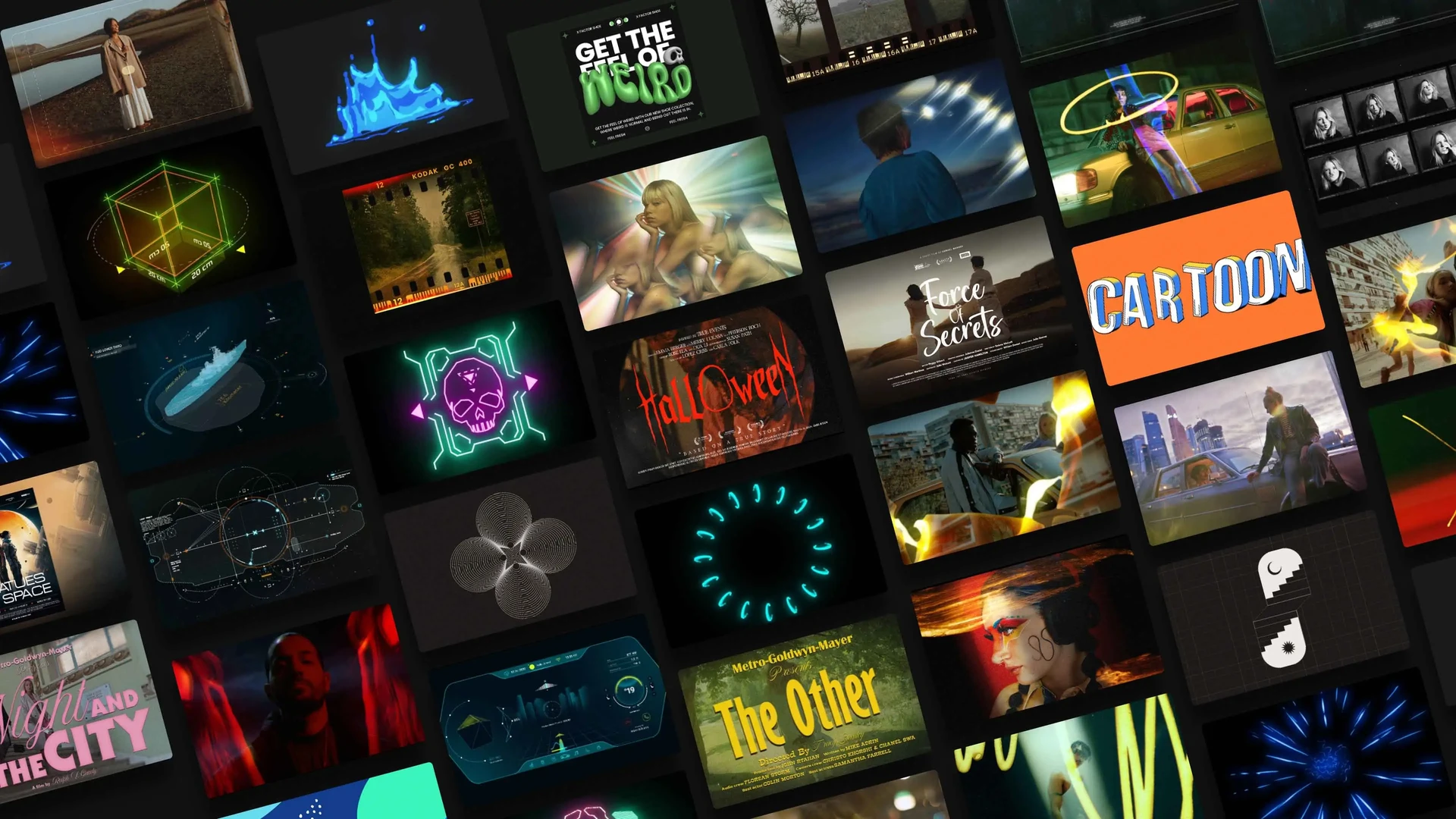Uploading videos to YouTube is a great way to share your content with a wide audience. However, to ensure your videos look smooth and professional on the platform, it’s important to adhere to YouTube’s recommended encoding settings. One of the most critical settings is frame rate.
YouTube specifies that uploaded videos should have a frame rate of 30 fps. If your footage is 24 fps, you’ll need to convert it before uploading. The good news is that Premiere Pro makes it easy to change frame rates with just a few clicks.
In this blog post, we’ll walk through the step-by-step process for converting 24 fps footage to 30 fps in Premiere Pro. We’ll also discuss some important considerations when changing frame rates to ensure high video quality.
Why Convert 24 fps Footage to 30 fps?

You may be wondering why you need to convert 24 fps footage to 30 fps in the first place. Can’t you just upload 24 fps videos to YouTube?
You can upload 24 fps videos. However, leaving them at 24 fps can cause playback issues.
YouTube plays all videos at 30 fps by default. If you upload a 24 fps video, YouTube will automatically convert it using a process called 3:2 pulldown. This can result in uneven motion and choppy playback.
By converting the footage to 30 fps first in Premiere Pro, you ensure smooth motion and optimal video quality. This results in a better viewing experience for your audience.
So in short, converting 24 fps to 30 fps before uploading eliminates playback issues and quality loss from YouTube’s automated conversion process.
How to Convert 24 fps to 30 fps in Premiere Pro

Converting 24 fps footage to 30 fps in Premiere Pro only takes a few simple steps:
1. Create a New Sequence
-
Open Premiere Pro and begin a new project.
-
Click “New Item” in the Project panel and select “Sequence.”
-
Set the sequence settings to 30 fps and the resolution you want for export.
2. Add 24 fps Footage to Sequence
-
Import your 24 fps footage files to the project panel.
-
Drag and drop the clips onto the new 30 fps sequence in the timeline.
3. Interpret Footage (Optional)
-
Right-click the 24 fps clips in the project panel.
-
Select “Modify” > “Interpret Footage.”
-
Set the frame rate to 30 fps.
This tells Premiere Pro to treat the footage as if it were originally 30 fps, so no frame rate conversion will occur when it’s added to the 30 fps sequence. This can help reduce rendering time, but keep in mind that if you have a speaking voice on the footage, it may distort the sound of the voice. I personally prefer to interpret the footage only on my B-rolls.
4. Export Video for YouTube
-
In the sequence menu, click “Sequence Settings.”
-
Set the video codec to H.264 and the resolution to 1080p.
-
Go to File > Export > Media to export the 30 fps video.
And that’s all there is to it! The resulting file will play back smoothly at 30 fps on YouTube.
Changing Frame Rates vs. Frame Sampling
When converting 24 fps footage to 30 fps in Premiere Pro, you have two options:
-
Change the Sequence Frame Rate: Create a 30 fps sequence and add your 24 fps clips to it. Premiere will interpolate the extra frames by generating new frames between existing ones. This ensures very smooth motion.
-
Frame Sampling: Retain the original 24 fps sequence. Right-click clips and select “Speed/Duration.” Set to 80% for 3:2 pulldown conversion. Premiere duplicates and skips frames to equal 30 fps. Motion may look uneven.
The best method for YouTube uploads is to change the sequence frame rate. It yields the highest quality results with smooth, uninterrupted motion.
Frame sampling is quicker but can cause choppy playback. It’s best for offline editing purposes where rendering time and storage space are concerns.
Maintaining Video Quality When Changing FPS
When changing frame rates, image quality loss can occur. This is especially true when uploading to sites like YouTube, which recompress videos.
Here are some tips for maintaining quality:
-
Adjust Bit Rate for 30 fps: Higher frame rates require higher bit rates to retain detail. When converting 24 fps to 30 fps, increase the sequence bit rate 1.2x to 1.5x.
-
Use Maximum Render Quality: Enable this sequence setting to prevent generational loss during rendering.
-
Choose High-Quality Codec: Export with a high-quality codec like ProRes or DNxHD before final H.264 MP4 export for YouTube.
-
Upscale Intelligently: Only increase frame rate as needed (24 fps to 30 fps). Avoid arbitrary rate changes (30 fps to 60 fps).
Follow these guidelines in your workflow, and you can convert 24 fps footage to 30 fps for YouTube easily while retaining pristine video quality!
Frequently Asked Questions
YouTube does automatic 3:2 pulldown conversion on 24 fps uploads. This can introduce uneven playback. By converting to 30 fps first, you avoid this problem.
You can leave certain clips or sequences at 24 fps for stylistic effect. Just be aware that it may cause playback issues depending on the viewer’s device.
Some creators prefer 60 fps for action footage playback. In this case, change the sequence frame rate to 60 fps and export at that rate. But for cinematic videos, stick to 30 fps.
Footage shot on NTSC camcorders uses 29.97 fps, technically 0.1% slower than 30 fps. It’s close enough not to cause issues on YouTube, so conversion is not necessary.
Use separate sequences for different frame rates. Or interpret all the footage to a common rate. Just be careful when interpreting higher rates downward, as you may lose frames.
Use Adobe Media Encoder for batch rendering from Premiere sequences. Set the output format to H.264 at 30 fps with the appropriate bit rate and resolution for each file.



